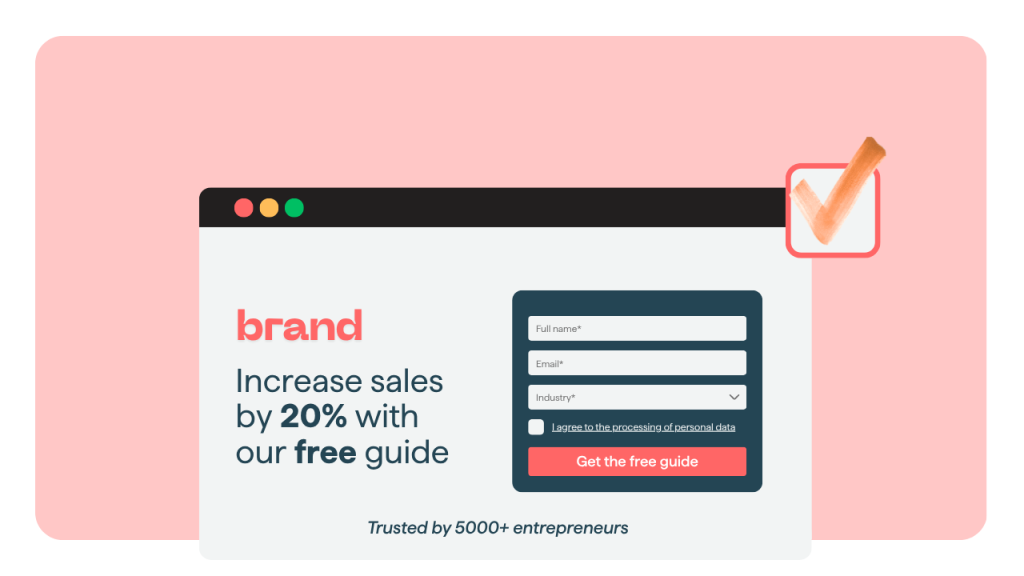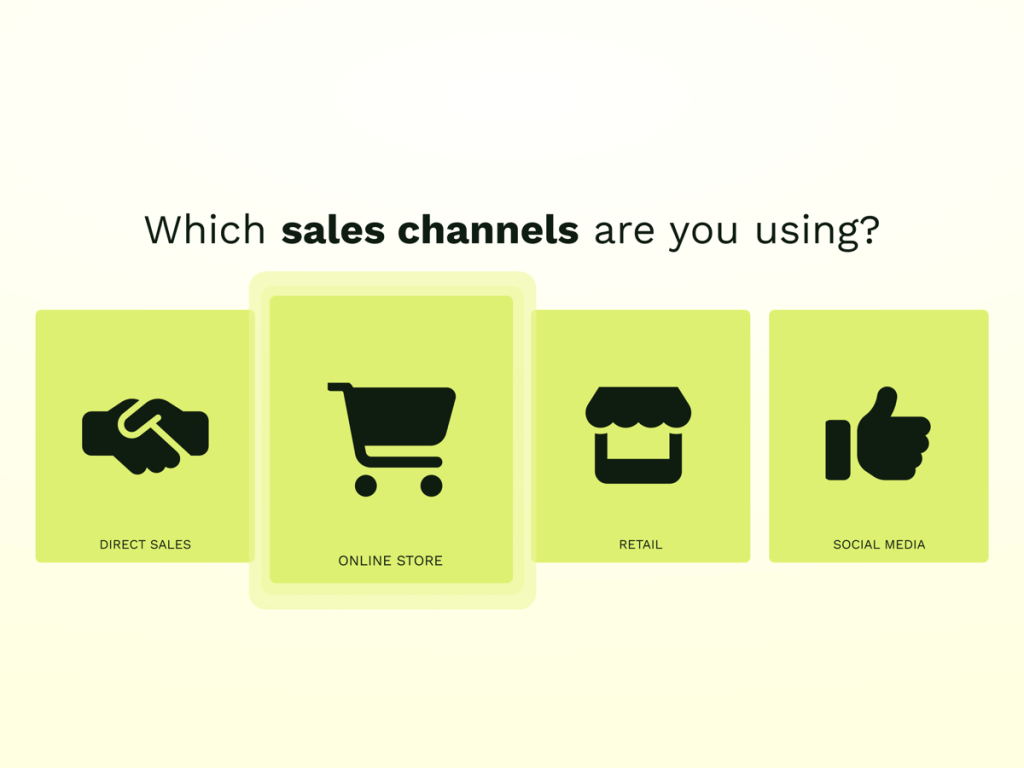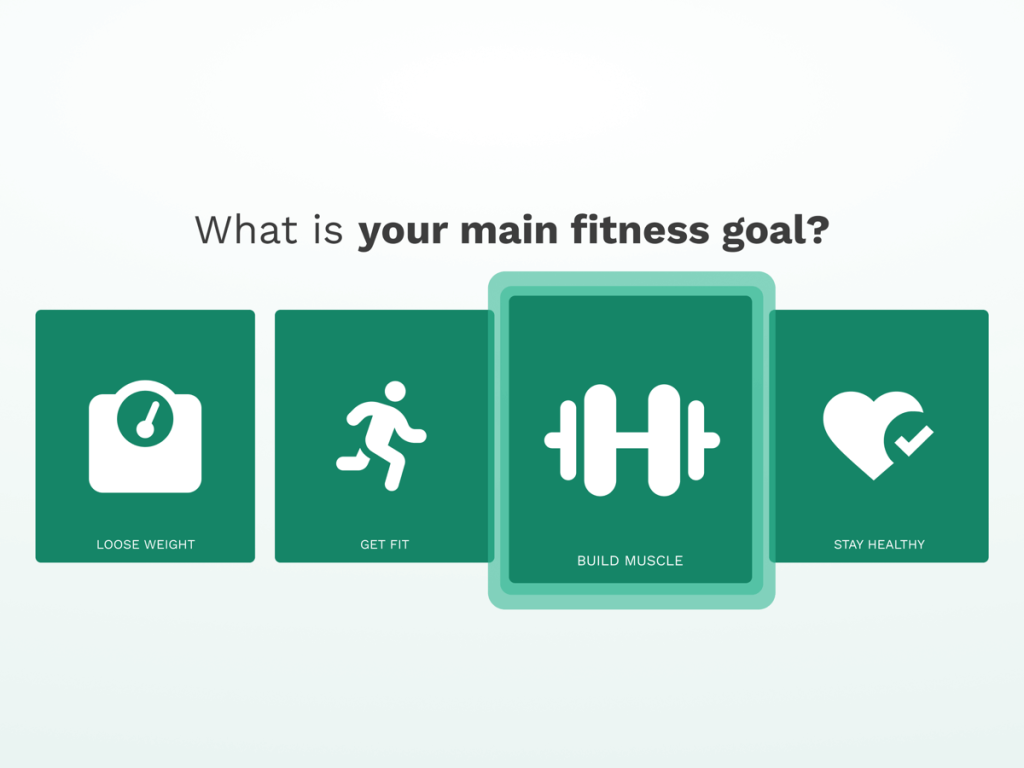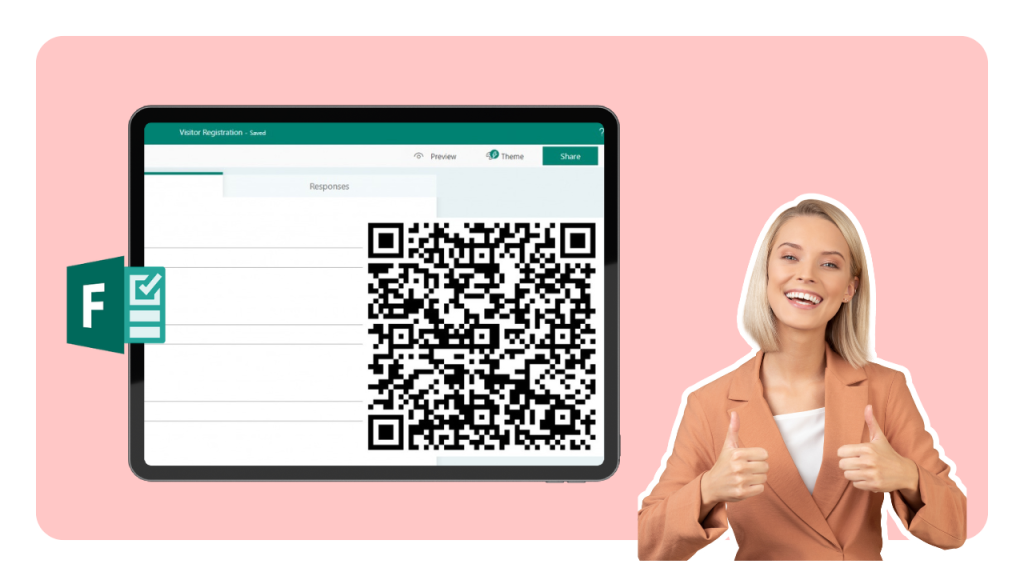Let’s be real, your landing page does most of the heavy lifting in digital marketing. It’s not just a place people land after clicking an ad. It’s the make-or-break moment where someone decides to take action, or leave.
That’s why understanding what makes a great landing page is very important. It’s how you turn clicks into actual results, signups, demo requests, purchases, or whatever your main goal is.
In this guide, we’ll break down exactly how to create a landing page that converts.
What Google Considers a “Good Landing Page Experience”
When you use paid traffic (e.g., Google LLC Ads) or even organic traffic, your landing page experience matters not only for conversions but also for ad performance. Google’s guidelines for landing page experience (especially for Quality Score) include the following attributes:
Relevance and original content: the landing page must deliver what the ad promises, and have unique, substantive content.
Transparency and trustworthiness: clear identification of who you are, what you offer, pricing, policies, contact info.
Easy navigation and clear design: not overly cluttered, links do not distract from the conversion goal.
Fast page load times and mobile-readiness: users expect slick, seamless experiences.
These criteria reflect what defines a good landing page experience from the search-engine and ad platform viewpoint. Investing in these attributes can help lower cost-per-click, improve ad placement and ultimately improve conversion rate.
Benchmarks & What the Numbers Say
Before diving into attributes and best practices, it helps to ground expectations in real data.
The average conversion rate for Google Ads across many campaigns is ~7.04% (in 2025) per the WordStream benchmarks.
Also, reducing the number of form fields from 11 to 4 led to a 120% conversion increase.
Regarding visitors’ devices and behaviour, one report states that the average landing page conversion rate across all industries is 6.6%, but notes mobile accounts for 82.9% of visits to landing pages in one dataset.
Another report (KlientBoost) noted that the average landing page conversion rate is 9.7%, bounce rate tends to be 60-90%, 48% of marketers build a new landing page for each campaign.
These benchmarks serve as helpful anchor points. If your landing page is converting at say 3% while the median is 6.6%, you’ve got room to improve. Conversely, beating 10% means you’re doing well.
Key Attributes of a Good Landing Page Experience
Here are the core attributes you should pay attention to, each with what it means in practice, why it matters, and how to optimize for it.
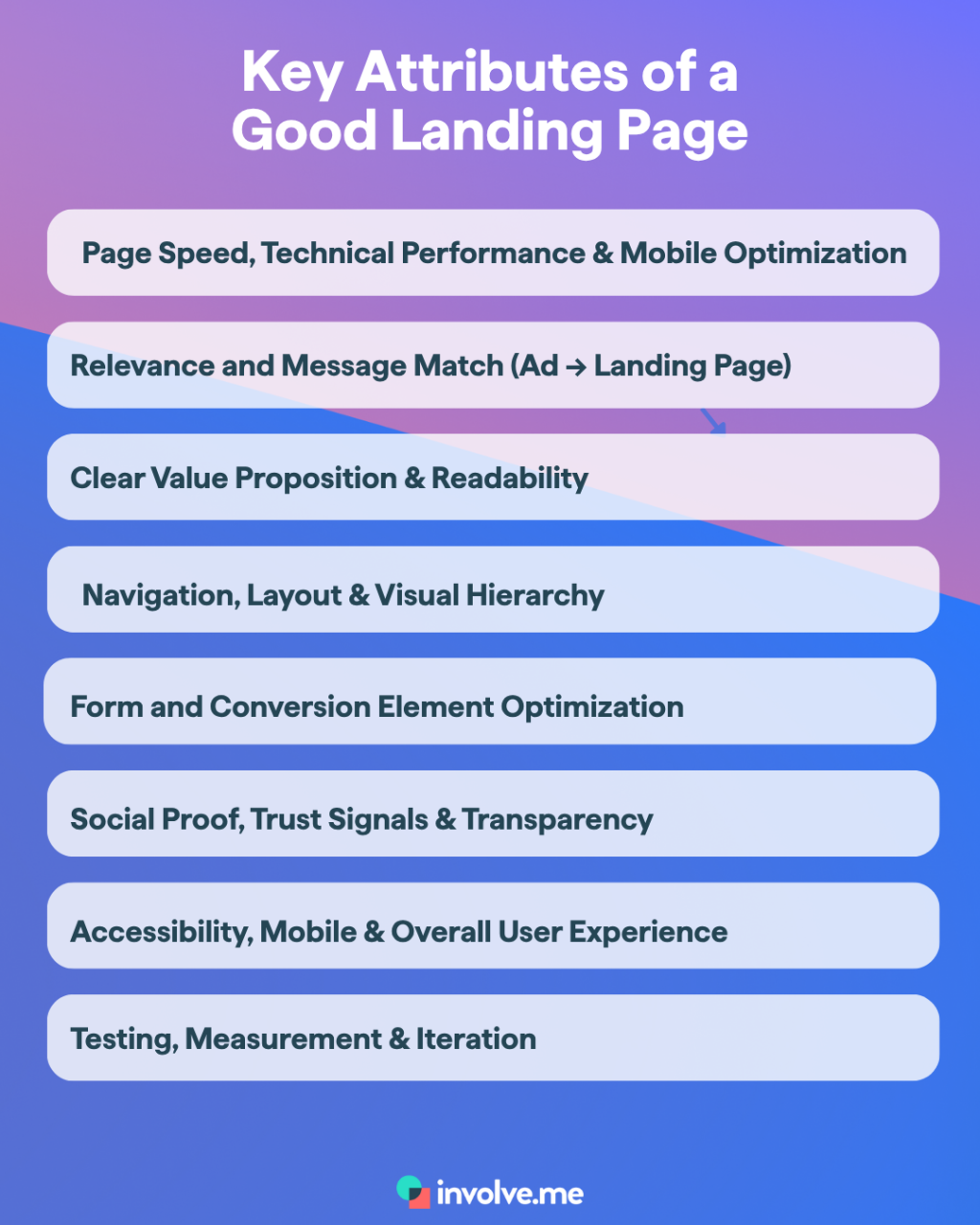
1. Page Speed, Technical Performance & Mobile Optimization
Users abandon pages that load slowly. A landing page that suffers delays or rendering issues provides a poor experience and hurts conversions and SEO/ads. A majority of users expect landing pages to load in 2 seconds or less.
You should monitor and improve Core Web Vitals, such as, Largest Contentful Paint (LCP), First Input Delay (FID) / Interaction to Next Paint (INP), Cumulative Layout Shift (CLS).
Moreover, use mobile-first responsive design, compress images, lazy-load below-the-fold content, and reduce third-party scripts.
2. Relevance and Message Match (Ad → Landing Page)
If the landing page does not deliver the promise of the ad (or the traffic source), the visitor feels misled and bounces. Ad platforms penalise mismatch. The best practice is that headline should echo the ad copy (same offer, same benefit). Ensure the page gives what the visitor expects (feature, benefit, reward).
3. Clear Value Proposition & Readability
Visitors scan quickly. If they don’t immediately get “what’s in it for me?”, they leave. And readability factors (grade level, clarity) affect understanding and conversions. Therefore, keep headline concise, benefit-focused. Use sub-heads and bullet points to describe benefits (not just features). Write simply and include short sentences, active voice, everyday vocabulary.
4. Navigation, Layout & Visual Hierarchy
Good landing pages guide the visitor to one action. Distracting links, multiple offers or unclear flow degrade the user experience. One study found that many “landing pages” are actually home pages (~77%). Another source notes that webpages with multiple offers on one landing page can decrease conversions by up to 266%.
Action steps:
Remove extraneous header/footer links or make them minimal.
Use whitespace, contrasting CTA colour, visual cues (arrows, directional images) to lead attention.
Keep only one primary CTA above the fold; any secondary CTAs should be clearly lower priority.
5. Form and Conversion Element Optimization
The form is the conversion gate. If it’s too long, too complex or has unclear labels, you lose the visitor. In fact, reducing forms from 11 fields to 4 yielded ~120% increase in conversions.
Therefore, ask only for what’s necessary at that moment. Use progressive profiling if more info is needed later. Label fields clearly, avoid optional fields or buried disclaimers. Test form length and field types for your audience.
With involve.me’s multi-step forms: you can split form into steps (e.g., name/email → qualification questions → confirmation) which improves user engagement and sense of progress.
6. Social Proof, Trust Signals & Transparency
Visitors need to feel safe, assured and confident. Trust elements reduce friction and increase willingness to convert.
Did you know embedding videos can lead to 86% increase in conversions?
You should include testimonials, client logos, case studies near the CTA. Also, show trust badges (security, satisfaction guarantees) and clear privacy/data usage disclosures. Use transparent pricing or next-step info (e.g., “no credit card required”, “cancel anytime”).
7. Accessibility, Mobile & Overall User Experience
A truly good landing page experience is inclusive and seamless across devices. Mobile traffic is dominant, and accessibility issues frustrate users. Make sure pages render correctly on mobile: scalable fonts, no horizontal scroll, tappable CTA.
Use accessible design, such as alt text for images, sufficient contrast, keyboard navigation where relevant. Use simple typography, large buttons and minimal distractions.
8. Testing, Measurement & Iteration
No landing page is perfect on first launch and continuous optimization is where big gains come from. Metrics to track include bounce rate, time on page, conversion rate, scroll depth, form abandonment. Set up analytics to track the right metrics.
How to Build a Great Landing Page (Complete Guide)
Having covered the attributes, let’s walk through a practical workflow: how to build a good landing page (and how to build a great landing page) with involve.me as your platform of choice.
Step 1: Define a Clear Goal and Audience
Start by asking yourself one simple question: what’s the one action you want visitors to take? Maybe it’s filling out a lead form, booking a demo, downloading a guide, or making a purchase. Once that’s clear, think about who these visitors actually are. Where are they coming from? What promise did your ad make before they landed here?
To build a good landing page, tailor your main message and layout around that specific goal and audience. To build a great one, go a step further, segment your visitors. Create different flows for new vs. returning users or SMB vs. enterprise audiences using involve.me’s conditional logic. This ensures every visitor sees something that feels built just for them.
Create Your Own Landing Pages
Get Started with 350+ Templates
B2B Lead Magnet Template
B2B Product Finder Template
B2C Lead Magnet Template
Step 2: Match Your Copy and Messaging to the Source
Your landing page should feel like a seamless continuation of the ad or post that brought someone there. The headline should echo the ad’s main message, the sub-headline should reinforce the key benefit, and the visuals should fit the context.
A good landing page uses a clear headline, a benefit-driven sub-headline, and strong supporting imagery. A great one goes further, it personalizes the experience.
Step 3: Choose the Right Layout and Structure
Keep it simple. One clear call-to-action above the fold and minimal distractions. A good page has one offer and one form or button.
A great page, on the other hand, turns the journey into a short, guided experience, for example, a three-step flow built with involve.me: a quick qualifier question, a deeper value proposition, and then the form or CTA. This structure breaks friction and often increases completion rates. And remember, speed matters. Make sure the page loads fast and looks great on mobile.
Step 4: Optimize Your Conversion Element (Form or CTA)
Don’t overload your form. Only ask for what’s absolutely necessary. A good form collects essentials like name, email, and maybe one qualifier.
A great one feels effortless, using involve.me’s branching logic to adjust questions based on user responses, pre-fill known fields, or hide irrelevant ones. The experience feels personal and low-effort, which encourages more completions. Adding social proof and trust signals around your CTA like testimonials or security badges can also make a big difference.

Step 5: Add Trust, Proof, and Value Reinforcement
People buy from brands they trust. So, include testimonials that speak directly to your audience, recognizable client logos, clear performance stats, or guarantees.
A good landing page might have a single testimonial and a logo row. A great one uses interactive features like a short quiz or assessment that provides a personalized result before the CTA. It’s engaging, feels valuable, and naturally leads visitors toward conversion.
Step 6: Ensure Technical Excellence
Even the best design won’t help if your page loads slowly or breaks on mobile. Optimize images, scripts, and caching from the start. Test across browsers and devices. A good landing page loads quickly and looks good on mobile. A great one takes it further, checking Core Web Vitals, and even adapting dynamically with device-specific images or fonts..
Step 7: Measure, Test, and Iterate
You can’t improve what you don’t measure. Track conversions, form abandonment, and scroll depth. A good landing page tests simple things like headline variations or button colors.
A great one tests flows using A/B testing to compare different quiz formats, CTAs, or content versions. Then, use those insights to refine.
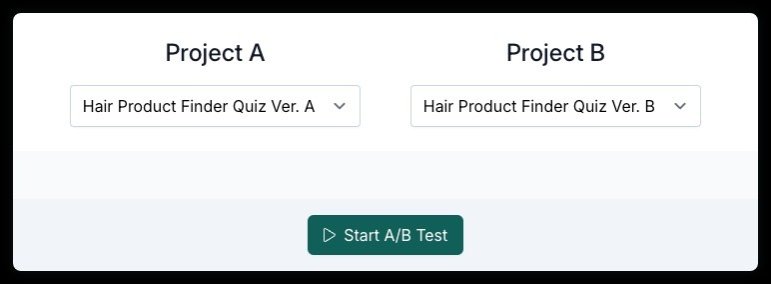
Step 8: Scale and Segment for Greater Impact
Once you’ve got a winner, don’t stop there. A good landing page supports one campaign. A great one scales. You can create different versions for different traffic sources, audience segments, or offers and with involve.me, easily build and test multiple flows for each visitor type. Then, go beyond the conversion point by connecting those leads to your CRM or email nurture campaigns for more long-term value.
Common Mistakes That Ruin Landing Page Experience
Understanding what not to do often helps avoid costly mistakes:
Multiple CTAs or Offers
Having more than one offer on a single landing page splits attention and confuses visitors. Instead of taking action, they hesitate. According to KlientBoost, pages with multiple offers can see conversions drop by up to 266%. Keep it focused, one page, one goal.
Mismatch Between Ad and Page
When the ad promise doesn’t match what users see after clicking, trust disappears fast. The result? Higher bounce rates and lower conversions. Always make sure your headline, message, and offer align perfectly with your ad.
Slow Load Times
Nothing kills momentum like a slow page. Heavy scripts, unoptimized images, and too many widgets frustrate visitors before they even see your offer. Fast-loading pages don’t just perform better, they build instant trust.
Overcomplicated Forms
Long or confusing forms add unnecessary friction. Every extra field is a potential drop-off point. Simplify your forms and only ask for what’s absolutely essential.
Poor Mobile Experience
With over 80% of landing page traffic coming from mobile devices, a clunky or non-responsive layout is a major dealbreaker. Always design mobile-first, if it doesn’t work beautifully on a phone, it doesn’t work at all.
Lack of Trust Signals
If visitors don’t feel safe, they won’t convert. Missing testimonials, unclear guarantees, or no visible security icons create doubt. Add social proof and transparency to build credibility fast.
No Measurement or Testing
If you’re not tracking, you’re guessing. Skipping analytics and A/B testing means missing out on clear insights that could double your results. Data tells you what’s working, and what’s not. Always measure, test, and refine.
Final Thoughts
To revisit your original question: which attributes describe a good landing page experience? The answer is clear, it’s a blend of relevance, speed, clarity, trust, conversion-centric design, mobile optimization, measurement and iteration.
When you’re wondering how to build a good landing page, start with message match, simple layout, quick load time, and minimal forms. When you aim to make a good landing page great, add personalization, multi-step flows, dynamic content, and continuous optimization.
With a landing page builder like involve.me, you have the tools to build a great landing page, one that doesn’t just convert today, but scales, segments and evolves with your audience.
Create a landing page in minutes, for free
No coding, no hassle, just better conversions.
References
WordStream. “Conversion Rate Optimization Statistics: 19 Critical Stats for 2025.” (WordStream)
Imagescape. “Fewer fields in a contact form sharply increases conversions.” PDF Case Study.
Meetanshi. “20+ Important Landing Page Statistics – 2025.
KlientBoost. “58 Landing Page Statistics w/ Sources (2025).
DigitalSilk. “Top 30 Landing Page Statistics You Should Know. (2025)

